2025 Author: Erin Ralphs | [email protected]. Last modified: 2025-01-22 21:14:09
Road sweepers form the backbone of road maintenance for utilities. The fleet of such organizations must contain models for working with household waste, precipitation and other types of pollution. The machines differ in terms of working technical parameters, operational capabilities and degree of autonomy in terms of further handling of the collected material. The basis of this segment are sweepers, which include trailed, vacuum and other equipment.
Key features of harvesters
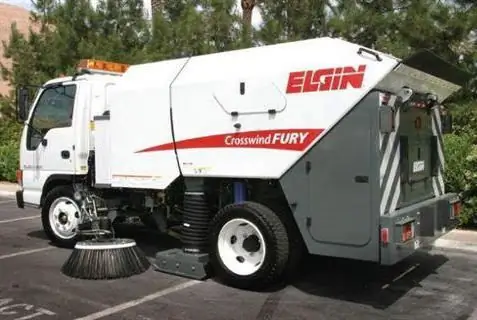
Domestic vehicles serving public utilities, as a rule, are based on KamAZ, MAZ and ZIL chassis platforms. However, the active spread of foreign models often takes this aspect of choice into the background. More significant are the parameters of the working bodies of harvesting equipment, which directly affect the efficiency of the process. In the classic version, such machines are supplied with water tanks, waste sweeping bins and brushes. Water tanks can have a volume of 1000-2000 liters depending on the power of the same chassis and the needs in terms of supporting operations. Concerningwaste bins, then combined harvesters are supplied with containers of 6-8 m3. At the same time, not all sweeping equipment, in principle, provides for the possibility of installing such units. Brush functional bodies are presented in different modifications and configurations. A typical equipment scheme involves the use of rear brushes, the length of which is about 2 m. The width can vary from 0.5 to 1 m.
Trailed harvesters
This class is represented by non-self-propelled towed equipment with one or two wheel axles and working in conjunction with a dump truck. As part of such harvesters, an individual power plant is also provided, which can be represented by a gasoline or diesel engine. The towing device is fixed to the towbar assemblies of the main vehicle. Also, cleaning machines of this type provide for the presence of a special tape that provides estimates of garbage in a dump truck container, as well as a system of brushes. Some versions of trailed equipment have greater autonomy, having bunker installations in their own composition, which, however, are also aggregated with the leading machine. The disadvantages of trailed vehicles include their massiveness, wide turning angle and high fuel consumption. Especially when coupled to a tractor or a dump truck, the operation of such tools is quite expensive. On the other hand, the harvesting process is highly efficient.
Sweeper
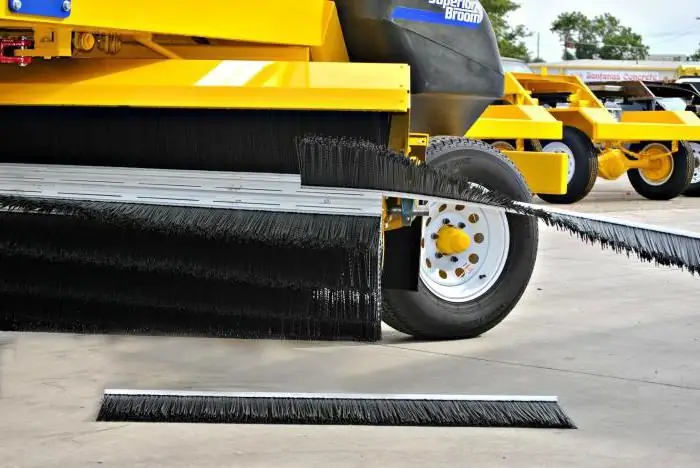
This is the most popular typecleaning municipal equipment designed to work on the roads. In basic configurations, such machines are supplied with a water tank, a garbage bin and a brush system. The water container can be about 1 m33, and the waste container has a capacity of up to 2 m33 - these are indicators of typical modifications. As for the brushes, the maximum length of this body is about 3 m. Interesting developments have recently been offered by the municipal equipment plant Elevatormelmash. In particular, harvesters of the "Magistral" series are widely used. In one shift, such models are capable of servicing up to 52 km of a street road. Such high performance is due to the use of a powerful diesel engine, the power potential of which is about 60 kW.
Vacuum cleaner machines
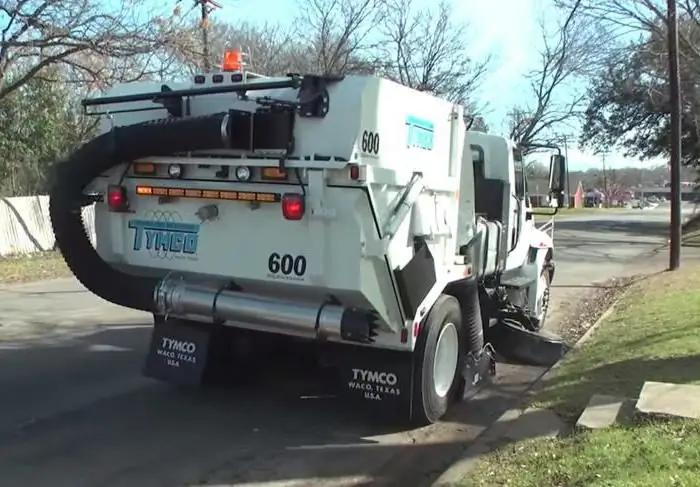
In addition to brushing and watering machines, manufacturers produce vacuum models of road sweepers. The need for such modifications is due to the fact that traditional sweepers collect garbage, but do not save streets and sites from dust. Moreover, they spread dust around the surrounding space, which exacerbates the ecological situation. Watering equipment does not cope with this problem either, which, although it removes dust from the roads, at the same time clogs the sewers with liquid mud. In turn, the vacuum cleaner sucks up dust without clogging communications with it. The principle of operation of such models resembles a construction vacuum cleaner, only of higher power. Working bodies collect dust with garbage in the same bunker and deliver it to the disposal points. The air flow in the suction process averages 6000-9000 m3/h
Snow blower
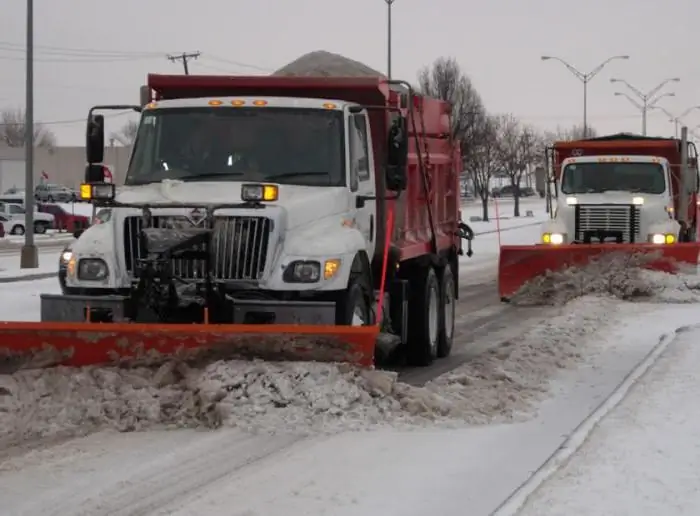
Snow removal equipment is represented by a separate category of seasonal machines. It is immediately important to divide this segment into two types - full-fledged vehicles and equipment with one axle, which does not apply to self-propelled vehicles. Despite the advantages of machines provided with snow bunkers, in most cases their functionality and high performance are redundant. In addition, the massiveness and low maneuverability of such machines do not allow them to be used in crowded streets, especially during periods of heavy rainfall. Therefore, as an alternative, a two-wheeled snowplow can be considered, the design of which is based on blades, augers and an ejection device. The width of the snow plow varies from 30 to 80 cm, and the ejection range is about 1-1.5 m. It is also advisable to use such models when cleaning small areas near entrances and sidewalks.
Multipurpose harvester
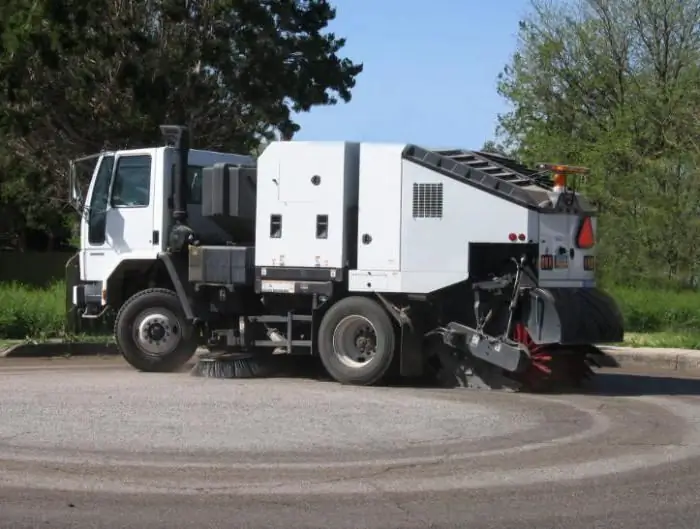
This is the most complex transport technique, which provides for a wide range of functional equipment. Among the basic tasks that such machines perform are sweeping, watering and garbage collection. In this case, each of the listed functions is performed not as an optional orauxiliary, but in a full-fledged format. For example, for sweeping in one model, several brushes can be used at once, including rear and front units. In addition, universal sweepers can be equipped with both standard trash and snow brushes. Watering equipment is represented by pumping units and means for washing, which allows for combined cleaning. Also, depending on the modification, universal equipment can be provided with front and middle blades with serrated knives and sand spreaders.
Garbage trucks
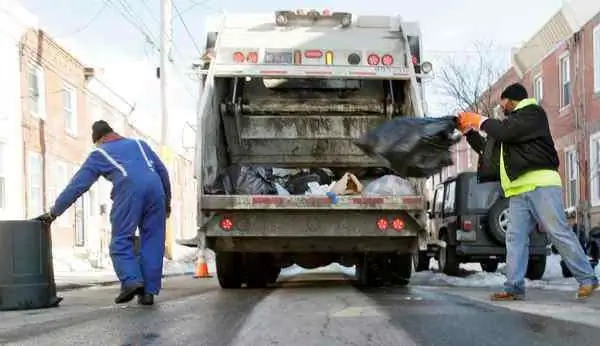
Not every technique that directly collects garbage also collects it. But even if the same sweepers are equipped with bins for estimates, they are not able to take out large volumes of collected material. Specially equipped garbage trucks are designed for this task. This technique is based on trucks, which are complemented by capacious bunkers for loading, subsequent compaction and transportation of garbage. Depending on the model, harvesters of this type can hold up to 3.5 tons of waste. In terms of dimensions, the acceptance possibilities vary from 20 to 50 m3. At the same time, the loading itself can be carried out both manually and with the help of special mechanisms - from the back of the machine or from the side.
Conclusion
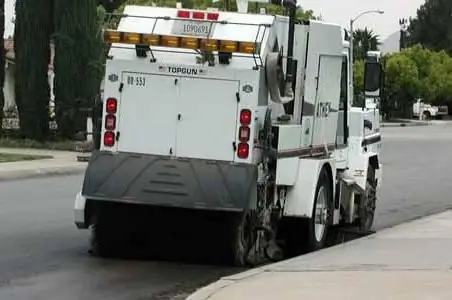
Maintenance and maintenance of harvesters requires considerable investment. Even low-powered representatives of thiscategories have a rather high fuel consumption, a significant part of which is spent on work operations. For example, a vacuum cleaner has the most demanding power base in terms of energy consumption, the power of which can reach 200 hp. With. But this indicator also refers only to the provision of the chassis and the operation of the main structure. Separately, for the maintenance of special equipment, an autonomous engine is used, the power potential of which is on average 100 hp. With. Nevertheless, such high powers justify themselves in the practice of using machines. Vacuum installation in combination with watering and sweeping equipment in a short period of time can rid a multi-kilometer street of dirt, dust and urban debris.
Recommended:
What is FLS: decoding, purpose, types, principle of operation, characteristics and application

This article is for those who don't know what FLS is. FLS - fuel level sensor - is installed in the fuel tank of a car to determine the amount of fuel inside the tank and how many kilometers it will last. How does the sensor work?
Types of antifreeze. Composition, characteristics, purpose

Antifreeze (from the English “freeze”) is a collective term for special liquids designed to cool units that heat up during operation - internal combustion engines, industrial plants, pumps, etc. when operating below zero. There are many different types of antifreeze. These liquids are characterized by a very low freezing point and a high boiling point
Flatbed trailer: types, characteristics, purpose

A flatbed trailer is the most common vehicle that complements a car. Such special equipment is intended for the transportation of any cargo over short and long distances
Skidder machines: types, characteristics, purpose

The process of felling the forest is very time-consuming and specific. Cutting down a tree is not a problem. But getting him out of the dense forest is a difficult task. Only special machines - skidders - can handle it. Let's find out how these faithful companions of lumberjacks work
Rolling stock of road transport: purpose, types, characteristics and operating rules

The concept of road transport rolling stock in a broad sense serves to determine the parameters of certain mechanisms that characterize them qualitatively. This is necessary for the correct selection of equipment in accordance with the conditions and specifics of the activity being carried out

